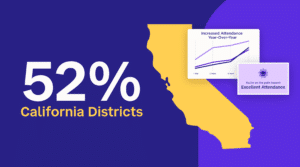Featured Resource
Why Over Half of California School Districts Trust SchoolStatus
Read More >Join Mission: Attendance to reduce chronic absenteeism in 2025-26! >> Learn How <<



Looks like you might have taken a wrong turn. We can’t find the page you’re looking for. Don’t worry, it happens to the best of us.

Ready to learn more about our suite of solutions?
